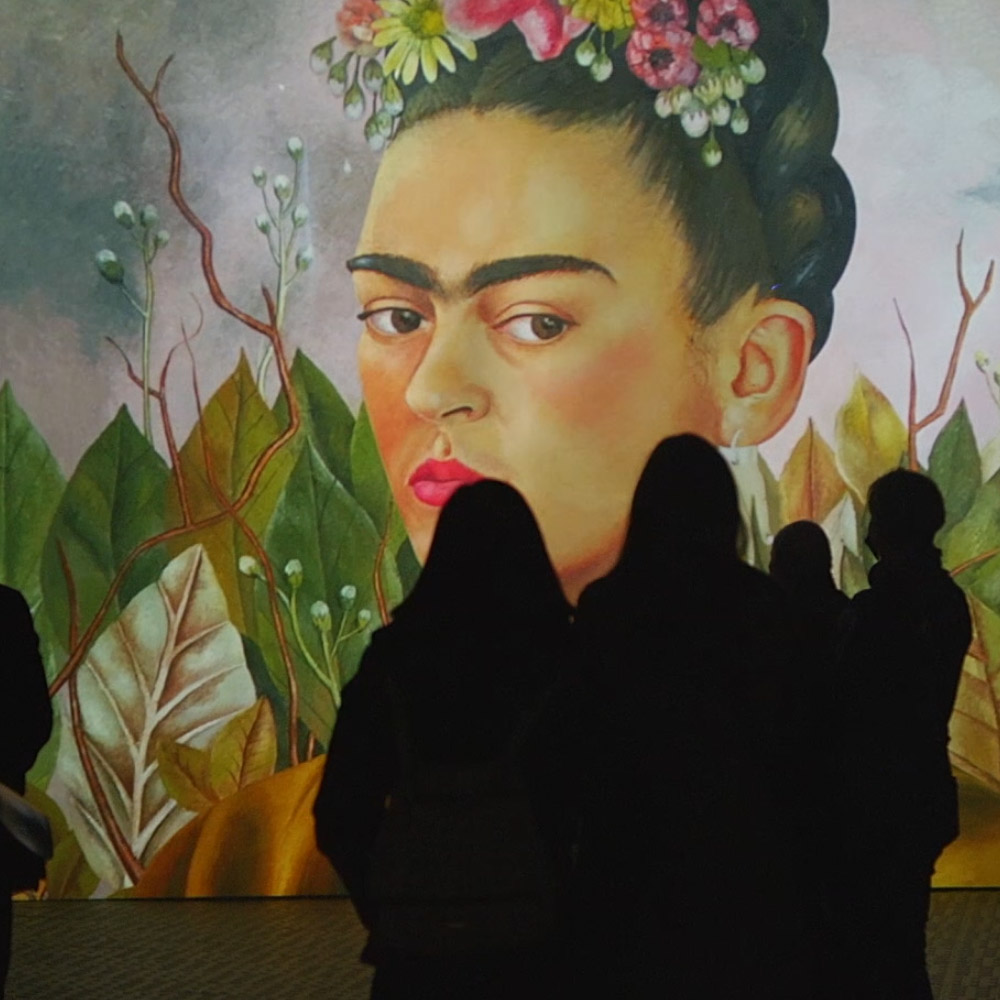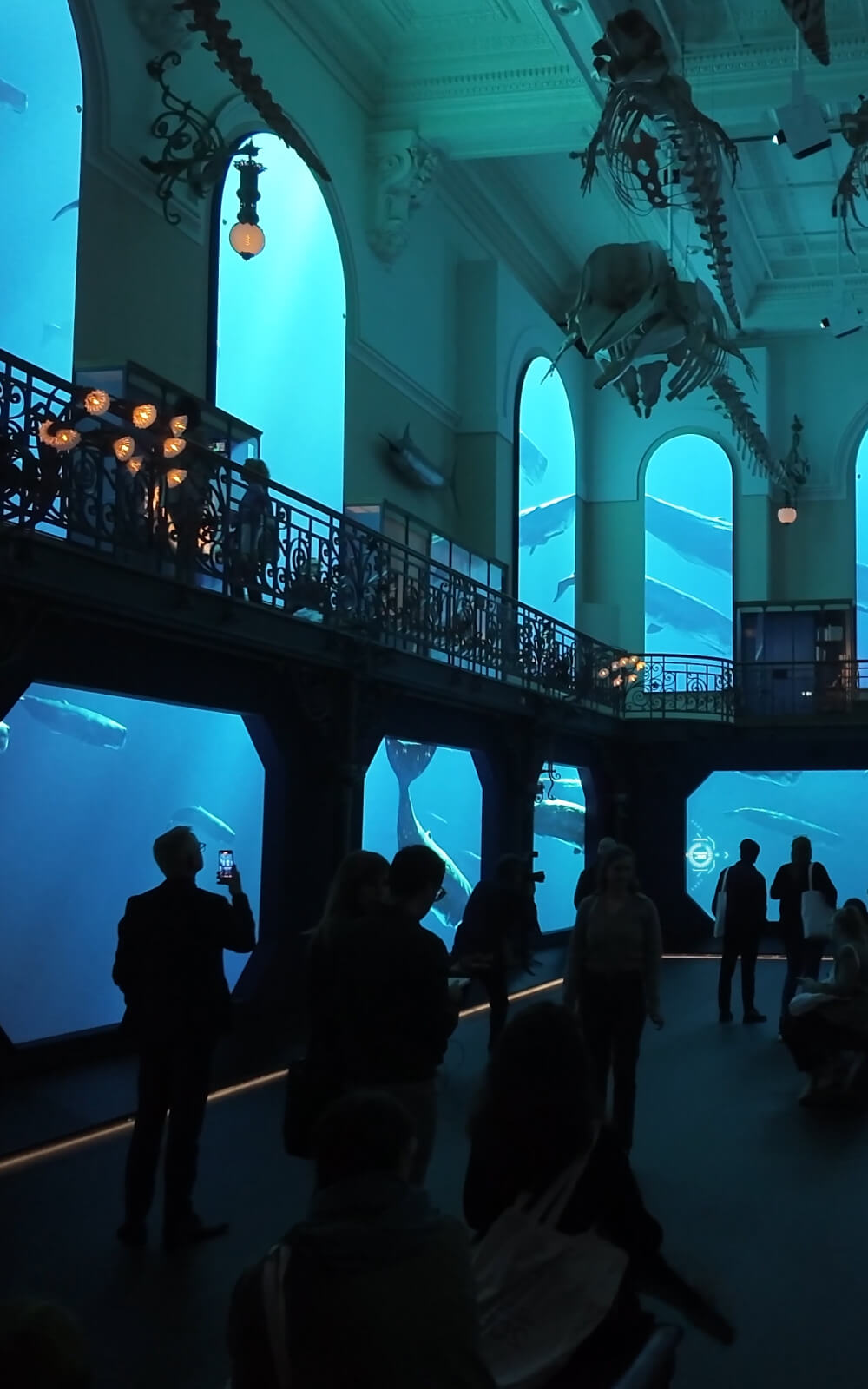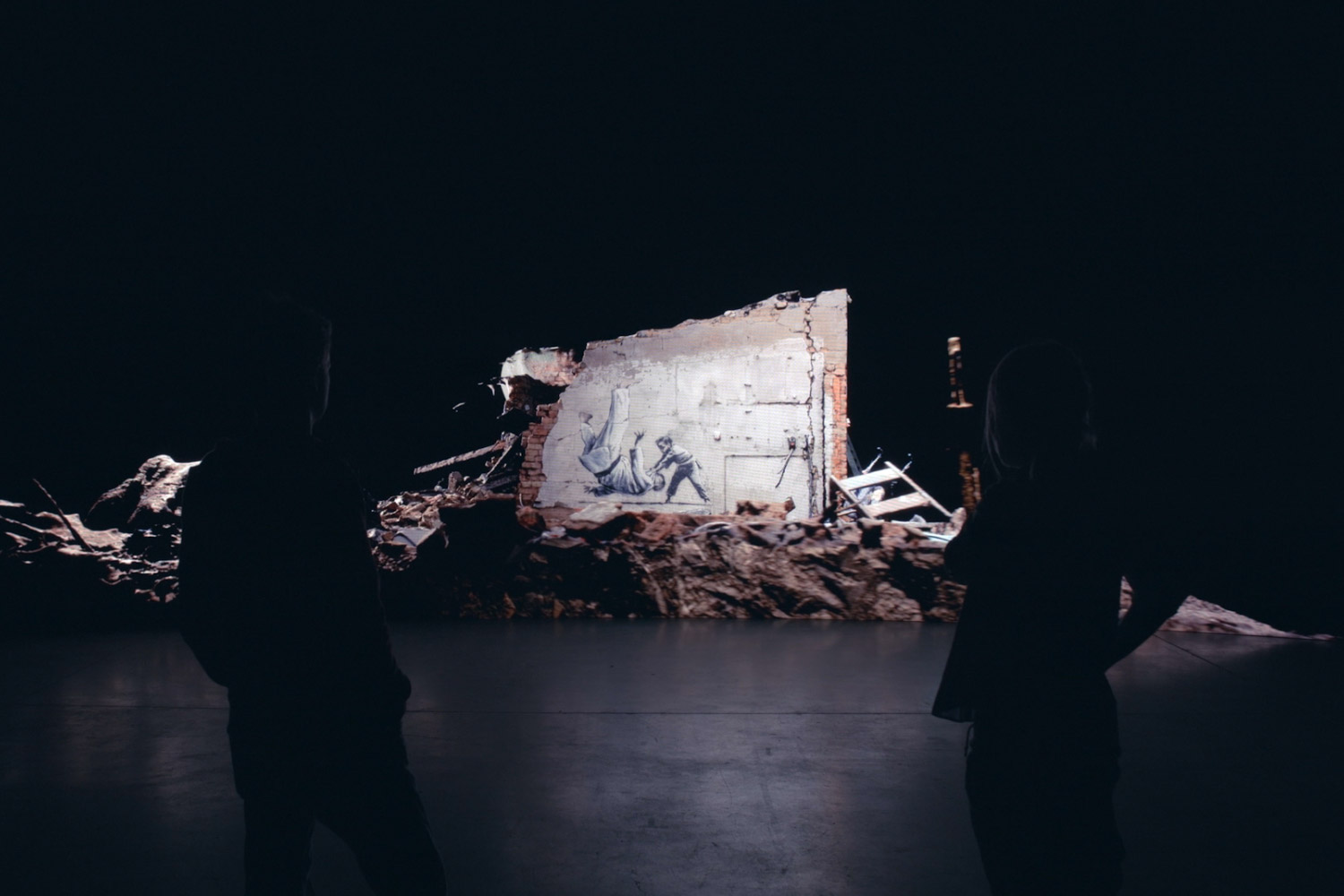A location-based VR journey that plunges visitors into a surreal museum where five iconic masterpieces come to life in a fully immersive experience.
Art Masters - VR Experience
Directed and produced by ACCIONA Living and Culture in collaboration with Museo Nacional del Prado, this VR experience reimagines five iconic works, layer by layer, meaning by meaning. More than just a journey through masterpieces, it is an ode to the museum itself.
A passage through surreal spaces, hidden chambers, and living canvases inside the Museo del Prado.
Guided by the quiet watch of the guard, you cross from observer to participant, discovering the magic of the Museum like never before.
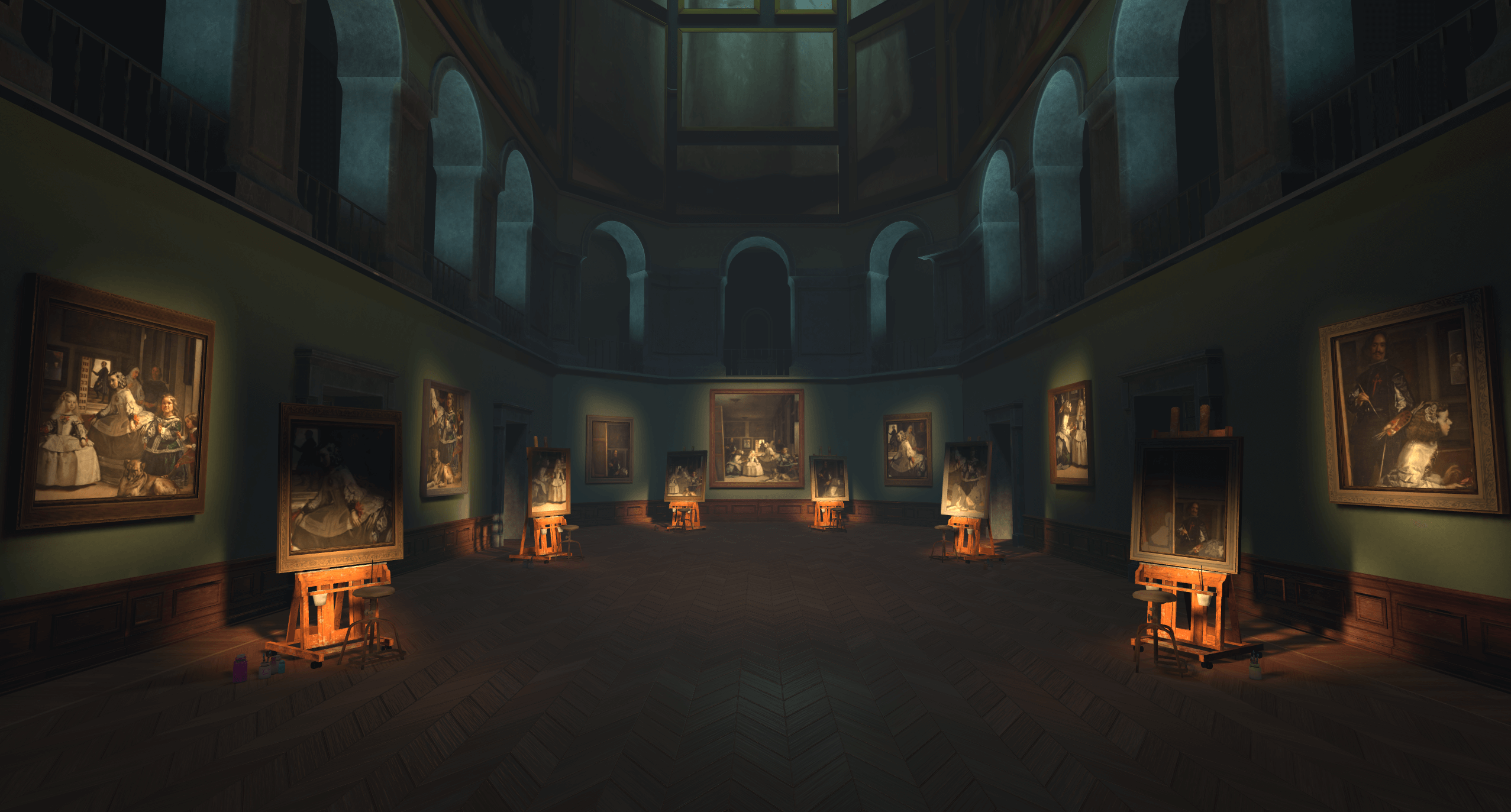
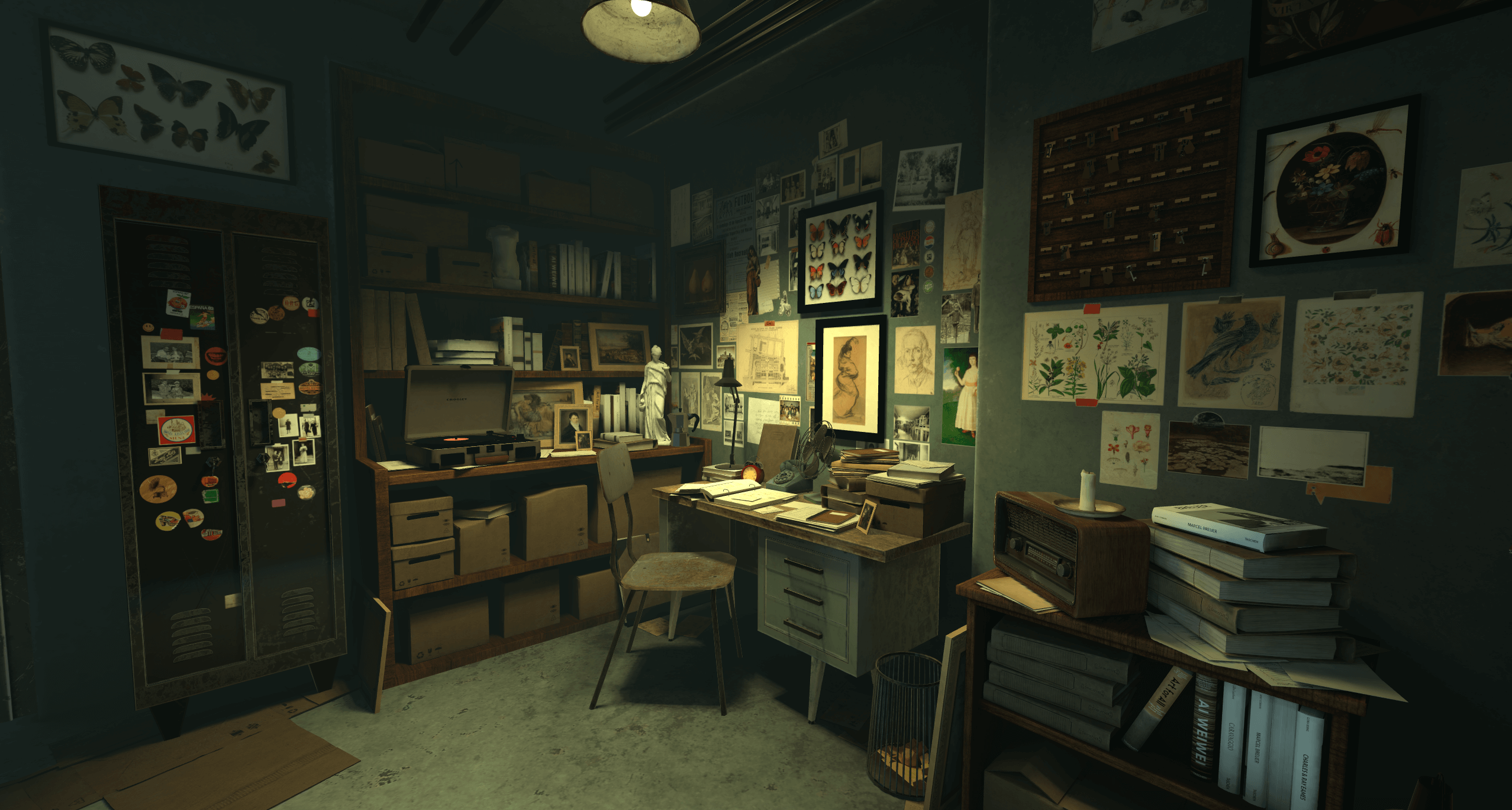
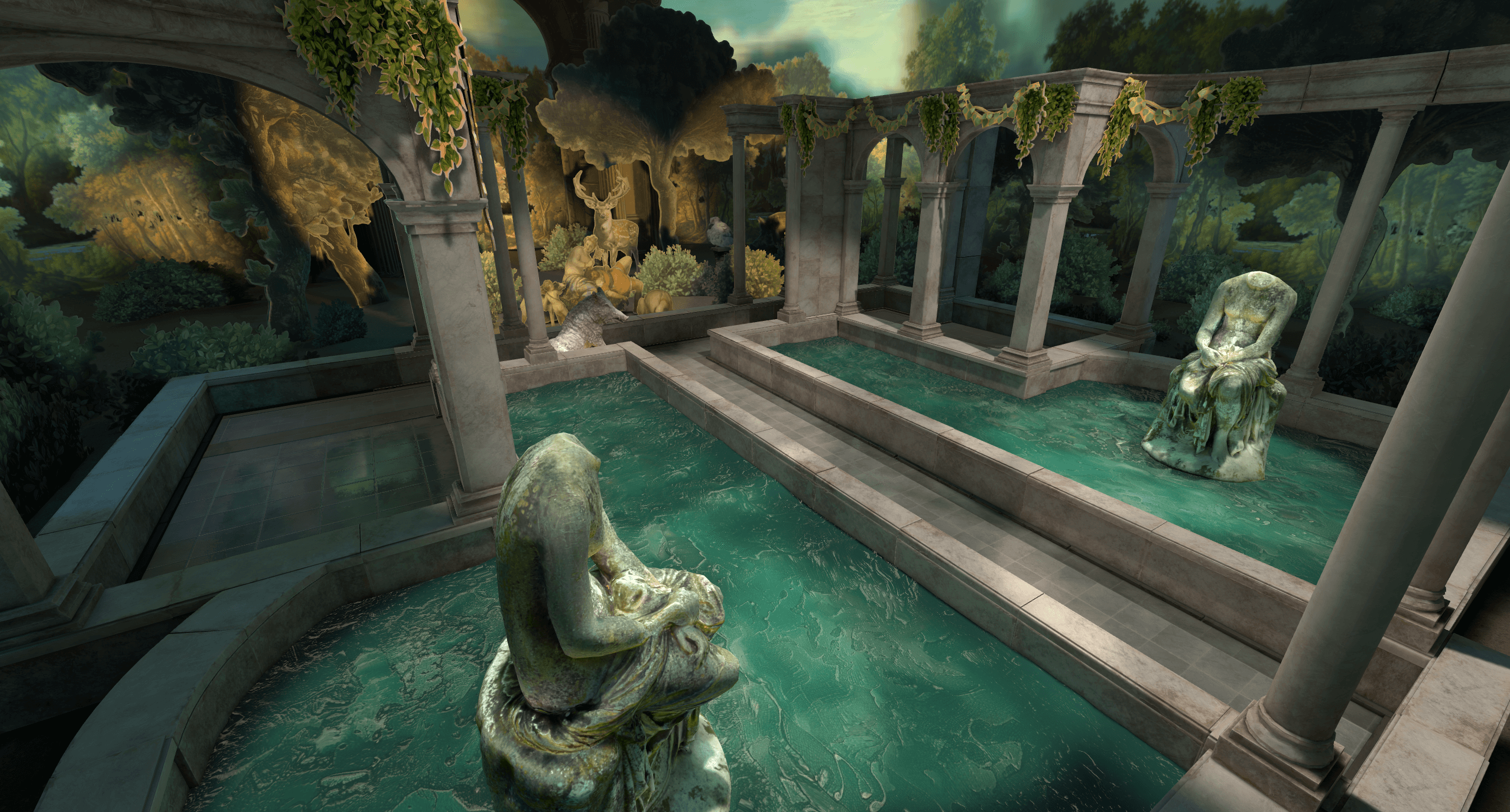
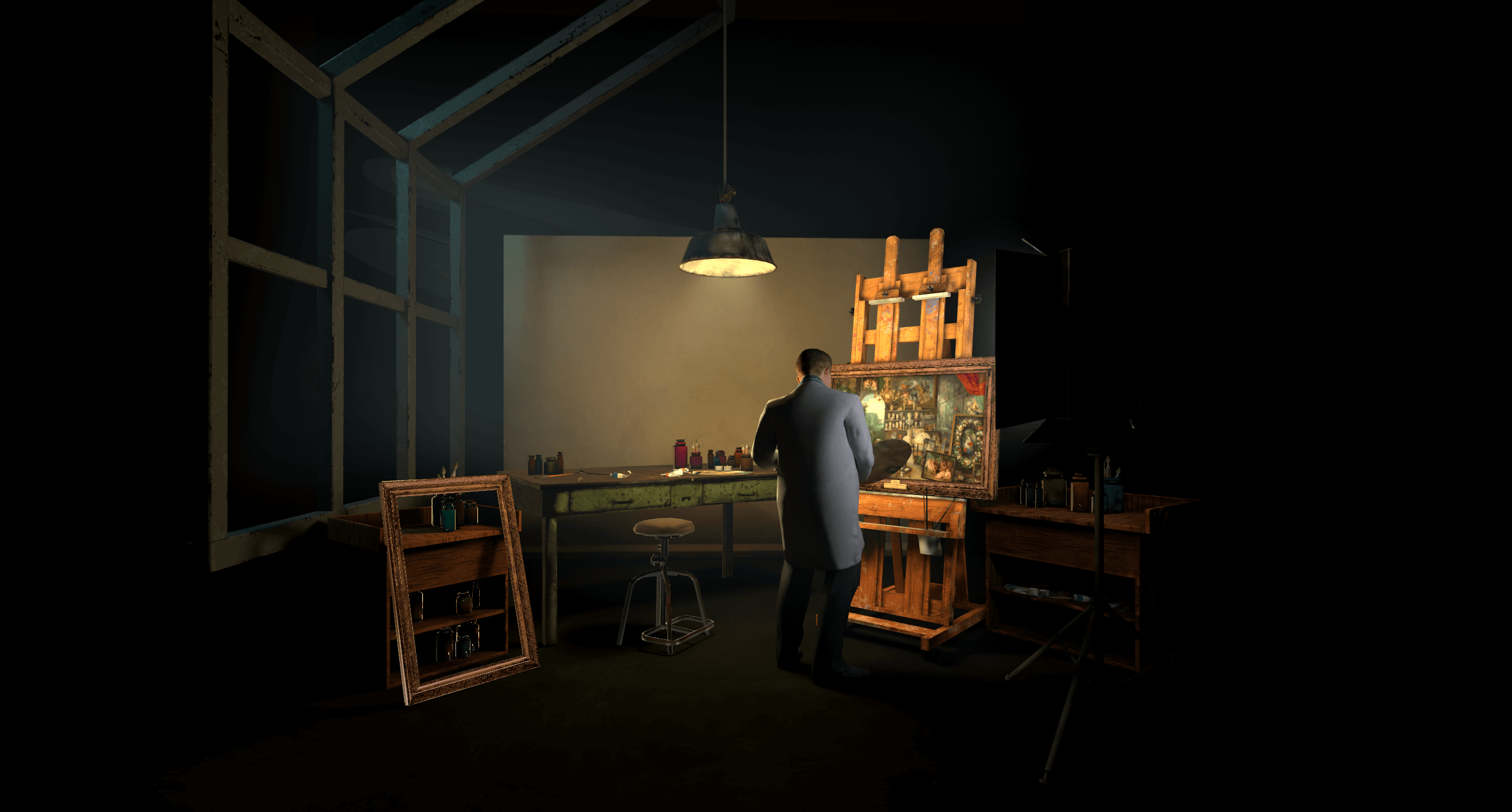
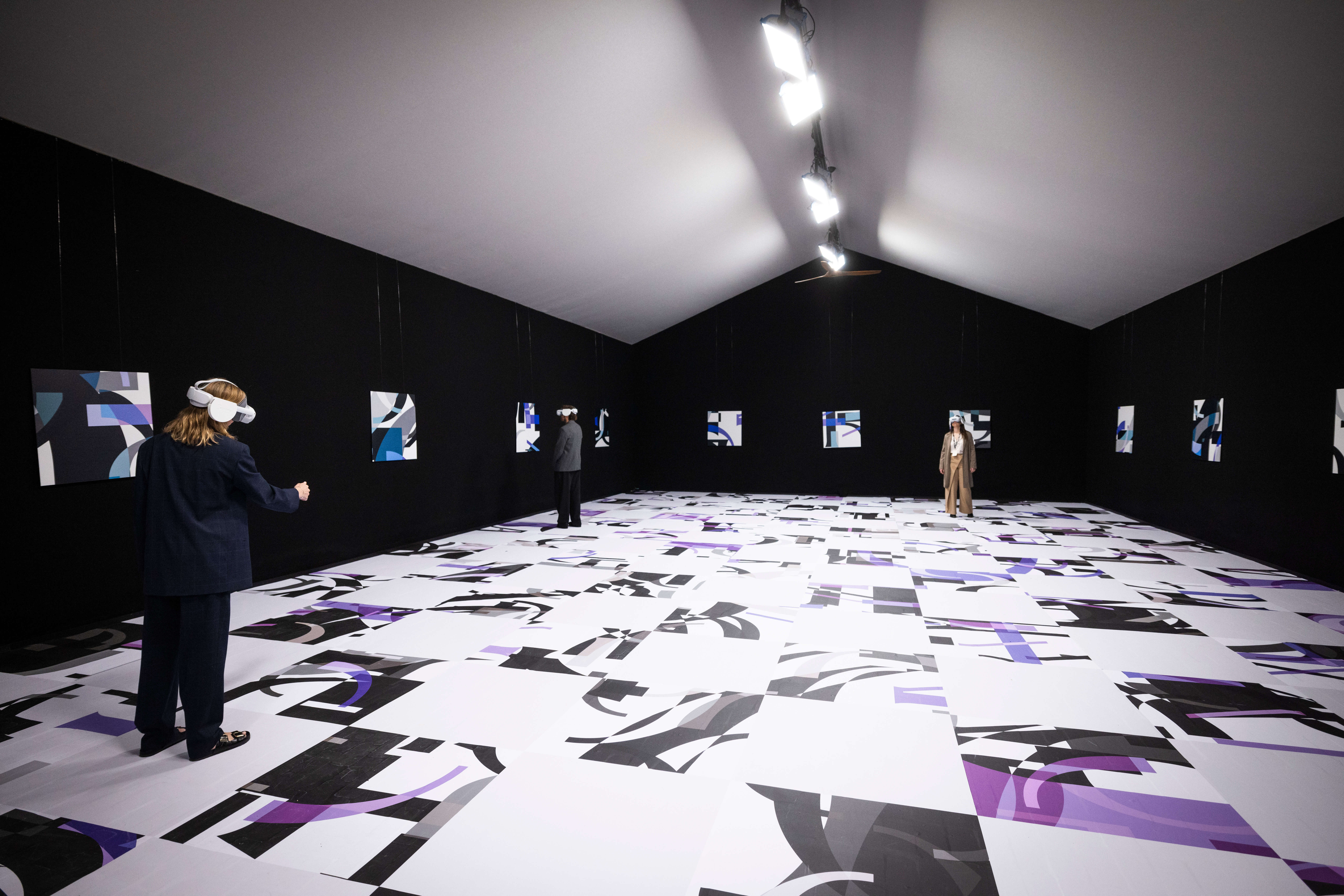
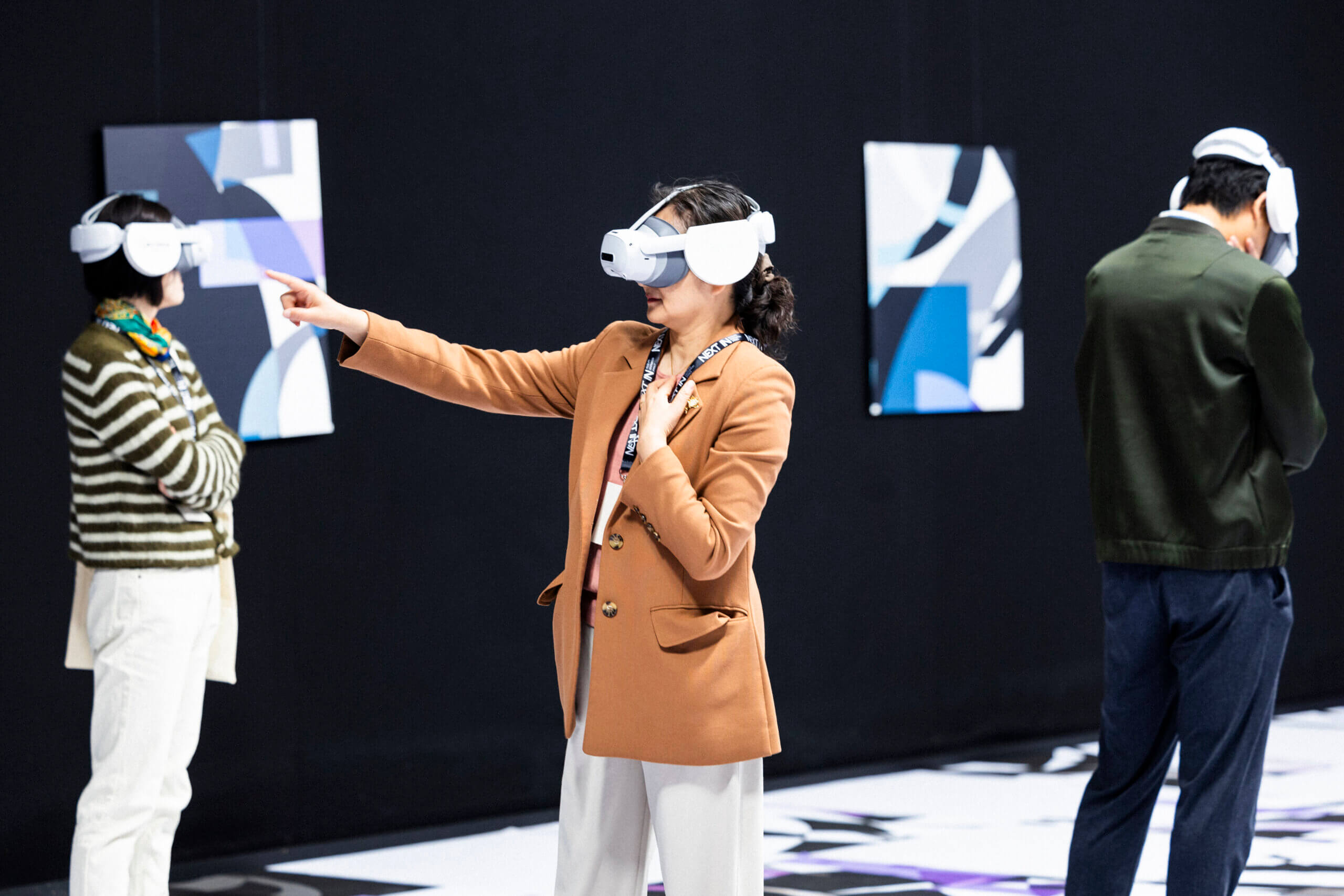
ACCIONA Living and Culture
ACCIONA Living and Culture
Museo Nacional del Prado
Tigrelab
Thomas Roussel / A440
Univrse
ACCIONA Living and Culture / Santiago Cardelùs
Idea Sonora / Brendan Price
Mathieu Felix
Federico Gonzalez
Javier Pinto
Marie Negretti
Dan Garotte
Vanesa Palmeri
Marie Negretti
Borja Pastori
Gerard Estalella
Julien Jousse
Sergi Balasch
Alberto Trujillo
Sergi Camprubi
Gerard Pasqual Gill
Francesco Mazzega
Alex Puche
George Holland

